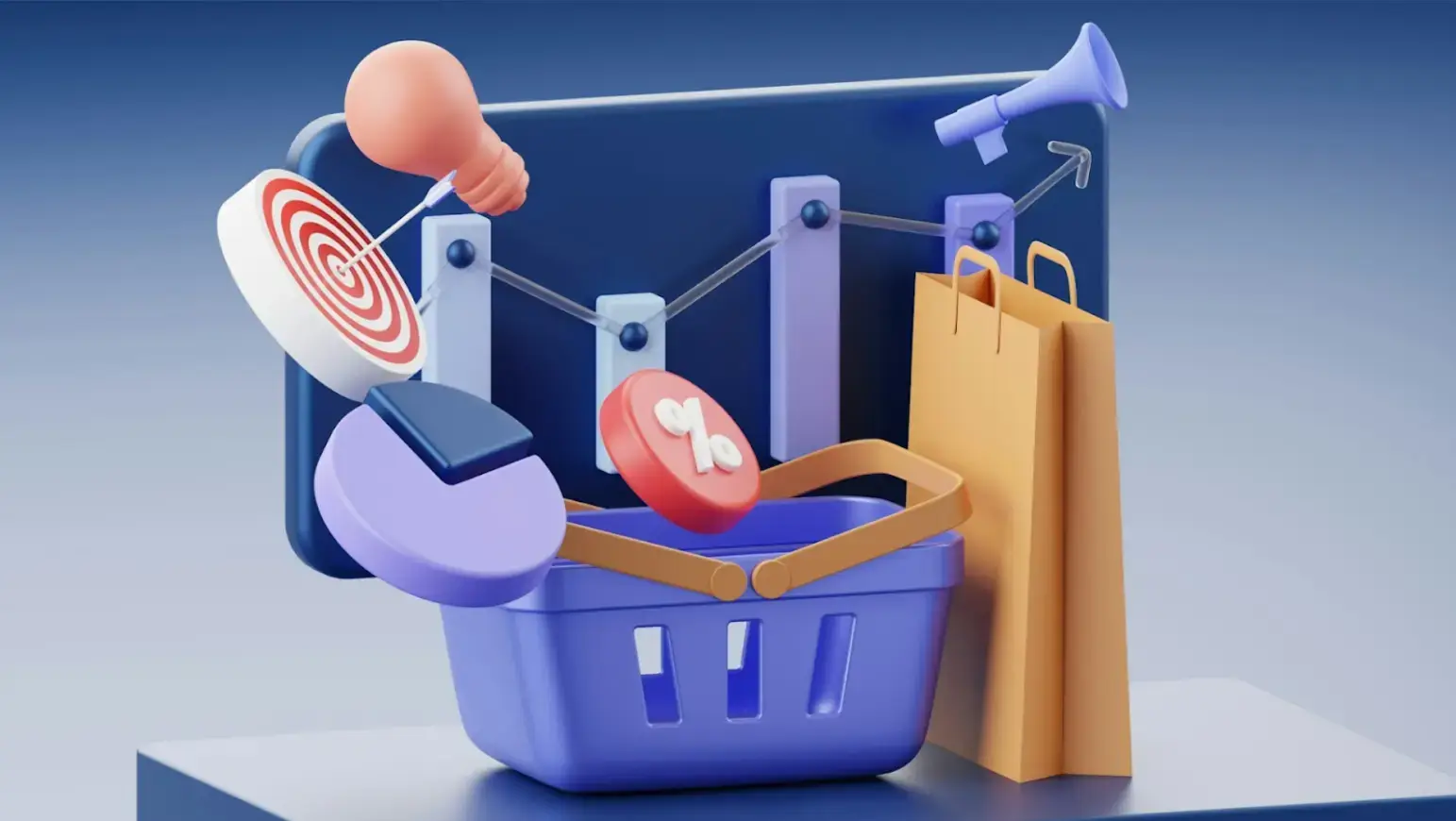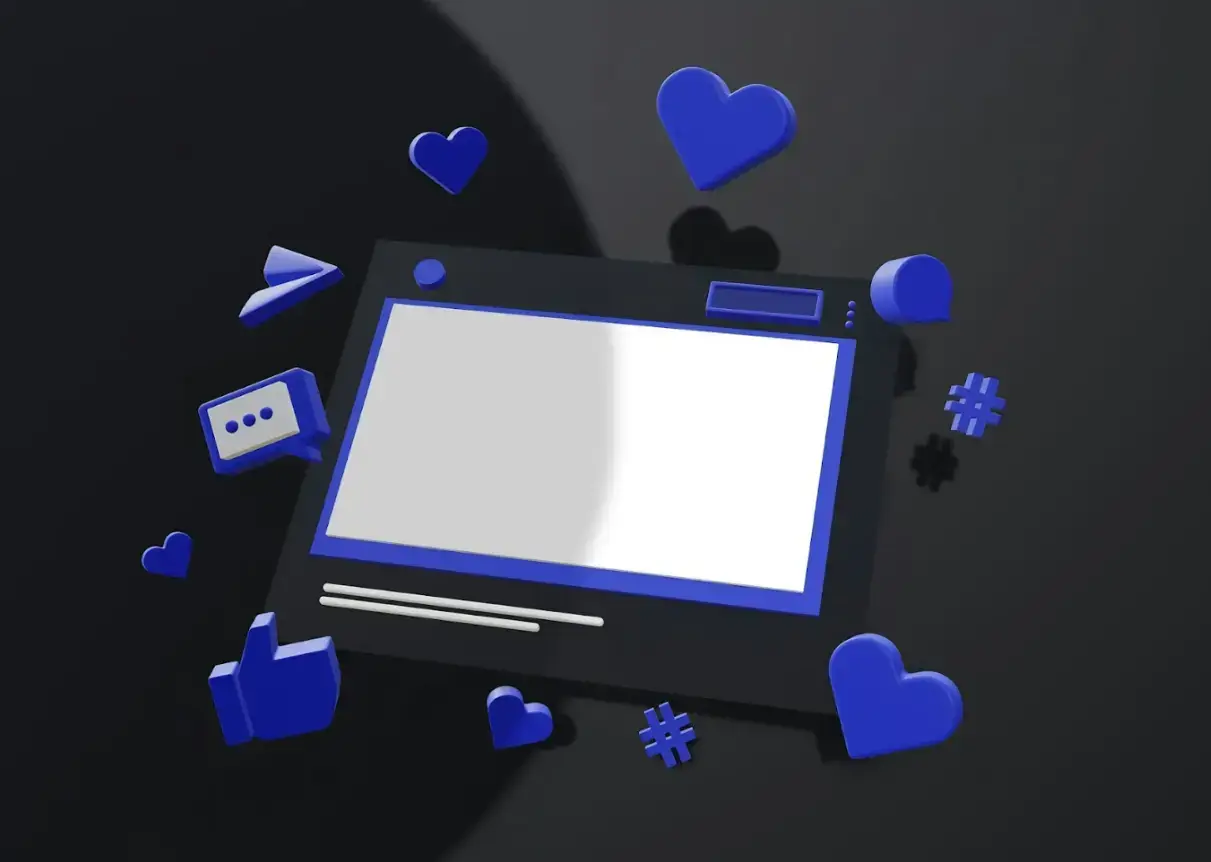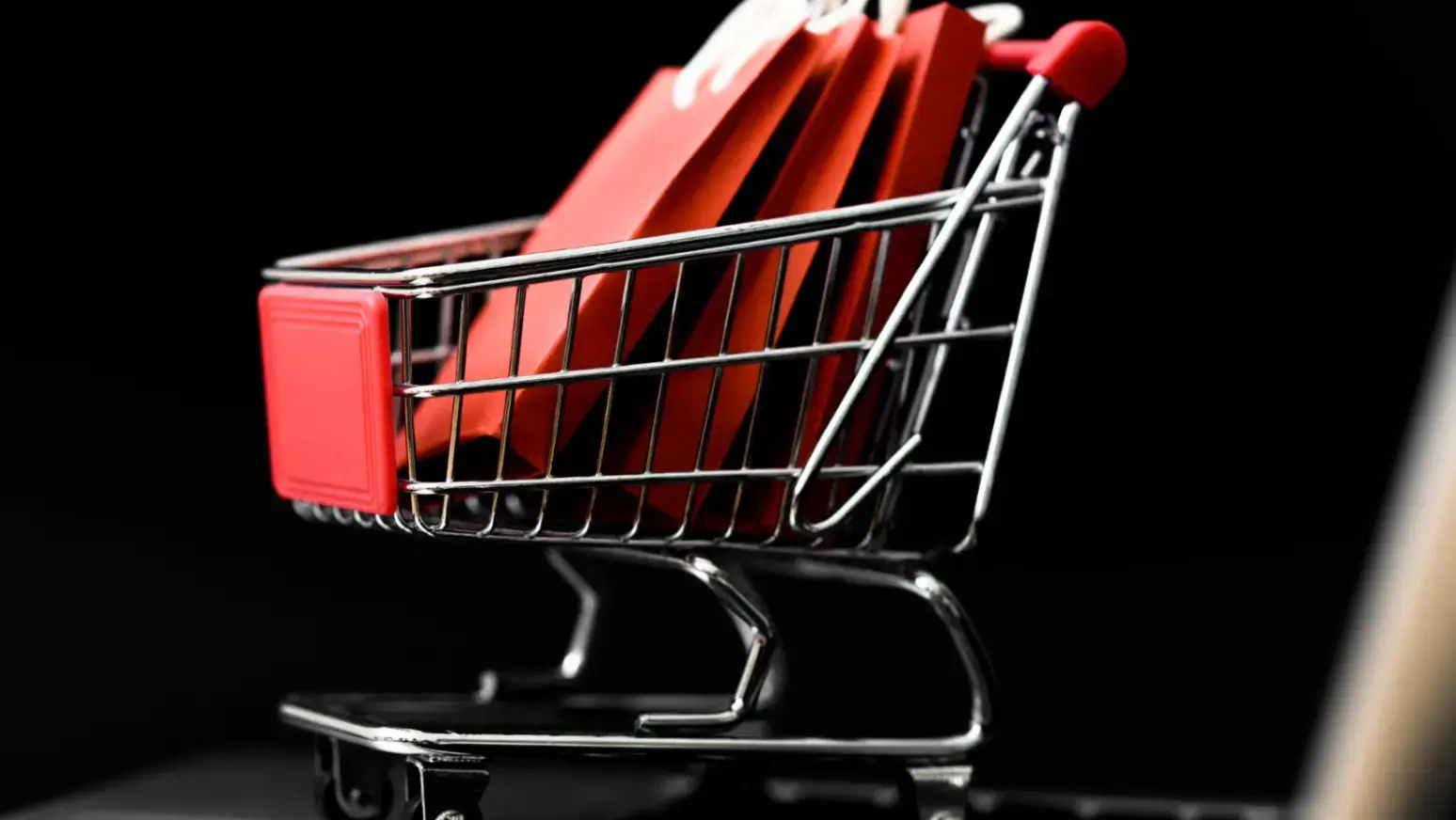Timing is essential in e-commerce. You need to time the delivery of your message, the launch of your product, or your next email campaign carefully if you want to ensure you reach as many of your audience as possible at a time most likely to result in conversions.
Let’s explore 10 smart e-commerce scheduling and business automation tactics that can improve your brand’s sales.
Article Shortcuts:

Source: Unsplash
Know Your Customers
“If you don't understand people, you don't understand business”— Simon Sinek, bestselling author of Start with Why and The Infinite Game.
Smart scheduling begins with knowing who your customers are and when they are most likely to see your emails, social media posts, campaigns, or adverts.
To get a better understanding of your customers:
- Use your e-commerce store’s analytics to determine which days of the week and what times of day your site receives the most visitors and sees the most purchases.
- Identify when your email subscribers are most active by using your email platform’s analytics.
- Use your social media channels’ analytics to discover when your audience’s demographics and when they are most active and most likely to interact with your posts.
10 Smart E-Commerce Scheduling Tactics That Drive Sales
1. Create a Sense of Urgency With Well-Timed Flash Sales
Flash sales work best when they create a sense of urgency or fear of missing out (FOMO) among shoppers. To do this, they need to be timed correctly.
Keep your brand’s flash sales short by limiting them to between four and 24 hours at times when your audience is shopping online, such as on Thursday or Friday afternoons and evenings, Sunday nights, and on national or regional shopping holidays.
Try different approaches to flash sales, such as:
Scheduling Mystery Deal Hours: Schedule surprise Mystery Deal Hours that include exclusive products or bundles at different times of the month, using a vague teaser to announce that they’re happening and revealing the offer when the sale goes live. Choose different days and times to encourage customers to keep checking your website.
Celebrating obscure National Days with Flash Sales: Plan a year of quirky National Day flash sales that fit best with your products or services.
“The key is to create a promotion or experience that your target audience will perceive as rare, luxury or 'once in a lifetime.’ By doing this, you'll be able to capitalize on the consumer's FOMO and drive them to take your desired action.” — Angel Martins, Managing Director, Finsbury Media

Source: Unsplash
2. Run Lunchtime Specials & Weekend Wake-Up Deals
Target key shopping windows by aligning your promotions with your customers’ habits.
During the week, run Lunchtime Specials between 11:30am and 1:30pm to reach office workers browsing during their break. Promote these deals through email, SMS, and on-site pop-ups.
Sweeten the offer with perks like free express shipping, and consider launching a Lunchtime Loyalty Program to reward repeat midday shoppers.
On weekends, build anticipation with Weekend Wake-Up Deals that go live at 8am every Saturday. Focus on specific product categories and use business automation tools to schedule your offers and communications in advance.
Send promotional emails and SMS reminders on Friday evening to drive early traffic and boost conversions.
3. Time Discounts to Coincide with Pop Culture Events
Use Google Trends or social media calendars to anticipate exciting pop culture events and entertainment moments, such as award shows and season premieres.
Schedule promotions around these events. Plan your e-commerce promotions in advance, bringing in themed product bundles, hashtags, and humor.
4. Create Weather-Triggered Sales
Tap into real-time weather data by integrating local weather APIs into your e-commerce platform or business automation tools. This allows you to schedule promotions and product pushes based on actual weather conditions in your customers’ regions.
For example, run Rainy Day sales with discounts on cozy loungewear or indoor essentials on rainy weekends.
5. Use Strategic Timing for Email Campaigns
Approximately 33% of an email campaign's total opens and nearly 33% of its total clicks take place within an hour of sending. So, you need to time your email campaigns strategically.
Use these tips to refine your email marketing:
- Test various send times and adjust your schedule based on the results.
- Use automated drip campaigns for new subscribers, sending a welcome email with a special offer on the day they subscribe, a product benefits email on day two, customer review emails on day four, and a final incentive email on day seven.
- Set up automated cart abandonment email sequences, sending a gentle reminder one hour after cart abandonment, a discount or incentive 24 hours later, and a final nudge three days later.

Source: Unsplash
6. Schedule Social Media Posts When Your Audience is Most Active
Use your social media platforms’ analytics to find out when your audience is most active and schedule your posts accordingly.
POWR’s Social Feed business automation solution is a simple way to plan your content calendar.
“Social media is not only more cost-effective than advertising, but it also offers great opportunities for innovative engagement with your customers.” — Business magnate and Virgin founder, Sir Richard Branson
7. Launch Products When Customers Are Shopping
Time product launches for when customers are actively shopping, such as before major holidays, around payday, or during seasonal transitions.
Create anticipation by teasing the launch in advance, using scheduled social media posts, emails, and adverts to reach as many active shoppers as possible.
8. Offer Easy Online Consultations or Product Demos
Not all e-commerce sales are instant, especially for high-value items, custom orders, or B2B services.
Adding an online meeting booking system gives interested customers an easy way to schedule a one-on-one consultation or product demo in person or via a virtual session. These time slots can then be synced with your team’s availability to avoid overbooking and missed connections.
You can also automate follow-up emails to confirm appointments, send reminders, and share relevant content before the meeting, helping boost conversion rates and customer confidence.
9. Ensure Fulfillment Meets Customer Expectations
Make sure your fulfillment schedule can handle the volume when you run big promotions. Do this by:
- Clearly communicating cut-off times to customers.
- Notifying warehouse teams in advance.
- Adding buffer time for shipping estimates.

Source: Unsplash
10. Schedule Restock Voting Days and Automate Alerts
Schedule monthly Restock Voting Days, allowing customers to vote for which sold-out products should be restocked. This makes customers feel valued and heard, and creates an even better experience.
Use POWR’s business automation tools to schedule voting widgets, social media posts, and polls.
Restock the winning products the following week and send automated restock notifications via email or SMS to inform customers about restocked products immediately.
"If you don’t listen to your customers, someone else will."— Jeff Bezos, Founder of Amazon
Frequently Asked Questions
1. Why is scheduling important in e-commerce marketing?
Scheduling ensures that your content, communications, and promotions reach customers when they’re most likely to engage with them or buy.
2. When is the best time to send marketing emails?
While research suggests that mid-morning on Tuesdays or Thursdays, the best time for your brand depends on your audience. Use A/B testing and your email platform’s analytics to determine when your subscribers are most active.
3. What are some scheduling mistakes to avoid in e-commerce?
Common scheduling mistakes to avoid in e-commerce include sending emails or launching promotions without basing timing on data, posting too much on social media during low engagement hours, and missing seasonal or holiday peaks due to poor planning.
Use Smart Scheduling & Business Automation for Success
Smart scheduling allows you to be proactive by anticipating customer needs, planning around behavior, and delivering value at the best times for engagement and sales.
POWR’s suite of customizable e-commerce apps can help you automate, communicate, and convert more effectively.
Author Bio
Freelance editor, gamer, cat mommy, and self-care advocate, Ida Ohlsson enjoys simple pleasantries in life like an afternoon stroll or sipping morning tea while reading her favorite book. She takes pleasure in reading and writing topics that promote wellness and a healthy lifestyle.



